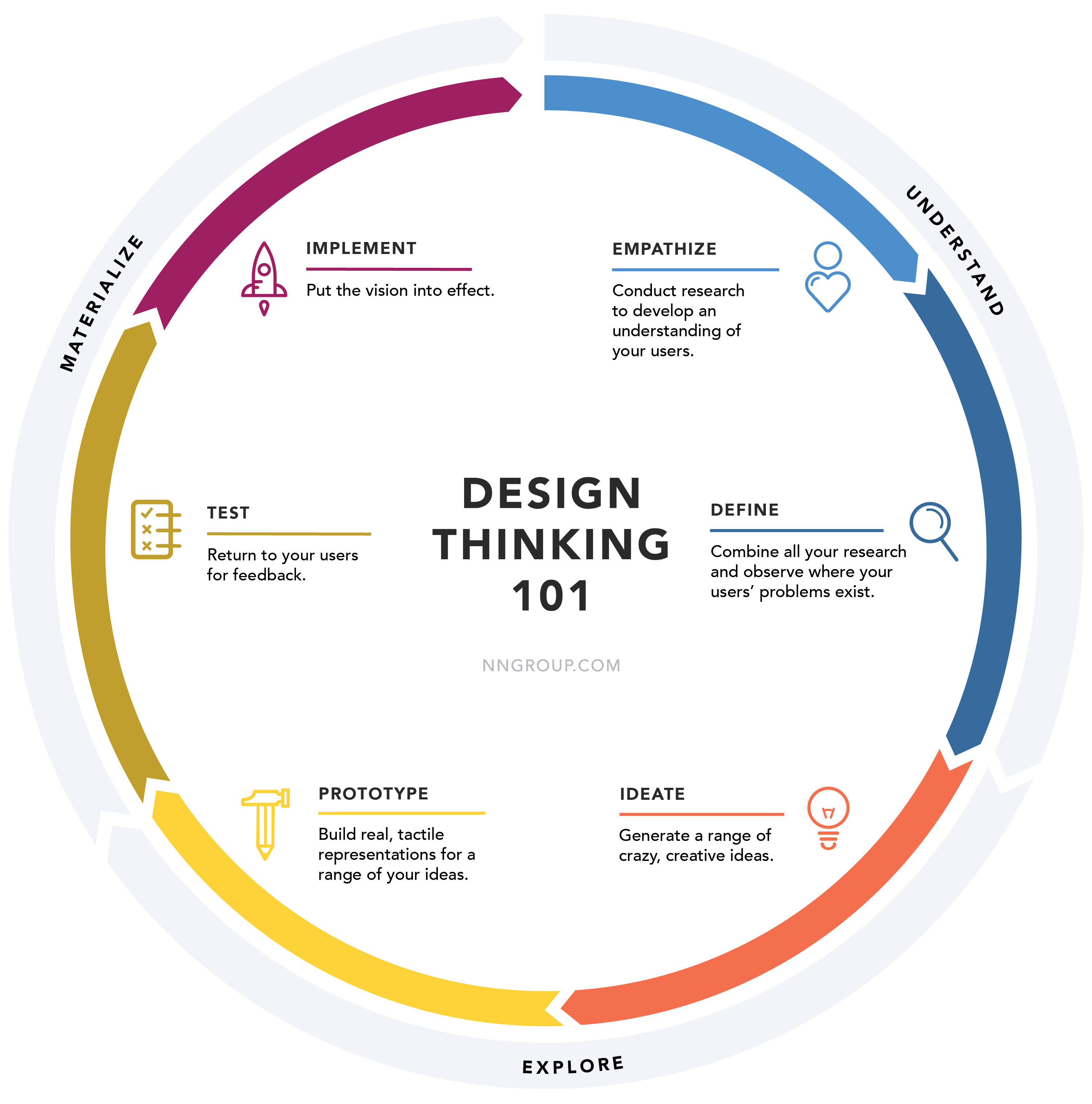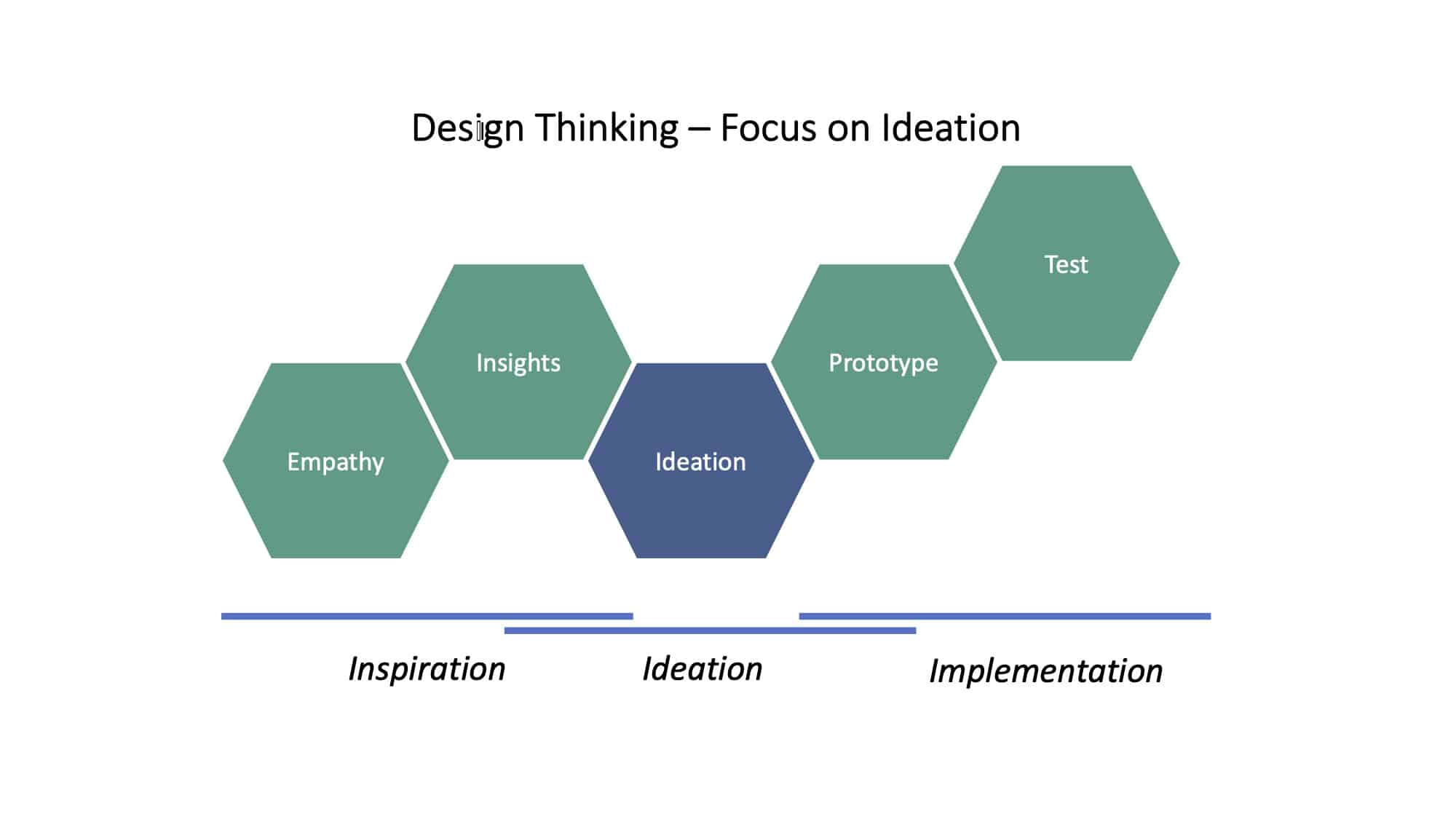Sparking Creativity: Embracing Design Thinking
In today’s fast-paced and constantly evolving market, companies are constantly seeking new ways to stay ahead of the competition and drive product innovation. One powerful tool that has been gaining popularity in recent years is design thinking. Design thinking is a human-centered approach to innovation that puts the needs and desires of the end user at the forefront of the design process.
At its core, design thinking is all about sparking creativity and encouraging a fresh perspective on problem-solving. By embracing design thinking principles, companies can unlock their full potential for innovation and create products that truly resonate with their target audience. This approach is all about thinking outside the box, pushing boundaries, and challenging the status quo.
One of the key principles of design thinking is empathy. This involves putting yourself in the shoes of the end user and truly understanding their needs, wants, and pain points. By developing a deep sense of empathy for your target audience, you can gain valuable insights that will help you design products that meet their needs and exceed their expectations.
Another important aspect of design thinking is collaboration. This approach encourages multidisciplinary teams to work together, bringing together individuals with a diverse range of skills and perspectives. By fostering a collaborative environment, companies can leverage the collective creativity of their team members and come up with innovative solutions that would not have been possible otherwise.

Image Source: nngroup.com
Design thinking also emphasizes experimentation and iteration. Instead of getting bogged down by perfectionism, this approach encourages companies to embrace a fail fast, learn fast mentality. By quickly prototyping and testing ideas, companies can gather valuable feedback from users and make necessary adjustments to improve their products.
One company that has successfully embraced design thinking is Apple. From the sleek and intuitive design of their products to their innovative features and functionality, Apple is known for its commitment to user-centered design. By prioritizing the user experience above all else, Apple has been able to create products that not only meet the needs of their customers but also anticipate their future needs.
In conclusion, design thinking is a powerful tool for sparking creativity and driving product innovation. By embracing this approach, companies can gain a deeper understanding of their customers, foster collaboration among their teams, and create products that truly stand out in the market. So if you’re looking to unlock the full potential of your company’s innovation, consider embracing design thinking and see where it takes you.
Crafting Solutions: Unleashing Product Innovation
In today’s fast-paced and constantly evolving market, businesses are constantly seeking ways to stay ahead of the competition. One of the most powerful ways to do this is through product innovation. By continuously creating new and improved products, companies can attract new customers, retain existing ones, and increase their market share.
But how exactly does a company go about unleashing product innovation? The answer lies in the power of design thinking. Design thinking is a human-centered approach to innovation that puts the needs and desires of the end user at the forefront of the product development process. By empathizing with users, defining their needs, ideating solutions, prototyping ideas, and testing them, companies can create products that truly resonate with their target audience.

Image Source: tcgen.com
Crafting solutions through design thinking involves a series of iterative steps that are designed to foster creativity and innovation. The first step is to empathize with the end user. This involves putting yourself in the shoes of the customer and truly understanding their needs, desires, and pain points. By gaining a deep understanding of the user, companies can tailor their products to meet their specific needs and preferences.
The next step in the design thinking process is to define the problem. This involves clearly articulating the challenges that the user is facing and identifying opportunities for improvement. By defining the problem, companies can narrow their focus and ensure that their solutions are targeted and effective.
Once the problem has been defined, the next step is to ideate solutions. This involves brainstorming a wide range of possible ideas and concepts that could address the problem at hand. By encouraging creativity and open-mindedness, companies can generate a diverse range of potential solutions that can be further refined and developed.
After ideation comes the prototyping phase. This is where companies create physical or digital prototypes of their ideas in order to test them with users. By creating prototypes, companies can quickly and cost-effectively gather feedback from users and make improvements to their designs before moving forward with full-scale production.
The final step in the design thinking process is to test and iterate on the prototypes. By gathering feedback from users and incorporating their suggestions into the design, companies can ensure that their products are truly user-centered and meet the needs of their target audience.
By following these steps and embracing the principles of design thinking, companies can unleash the power of product innovation and create products that truly stand out in the market. Whether it’s developing a new smartphone, designing a cutting-edge piece of software, or creating a revolutionary consumer product, design thinking can help companies craft solutions that delight customers and drive business growth.
In conclusion, crafting solutions through design thinking is a powerful way to unleash product innovation and stay ahead of the competition. By empathizing with users, defining problems, ideating solutions, prototyping ideas, and testing and iterating on designs, companies can create products that truly resonate with their target audience and drive business success. So next time you’re faced with a product development challenge, remember the power of design thinking and unleash your creativity to craft innovative solutions.
Design Thinking: A Key Approach to Product Innovation